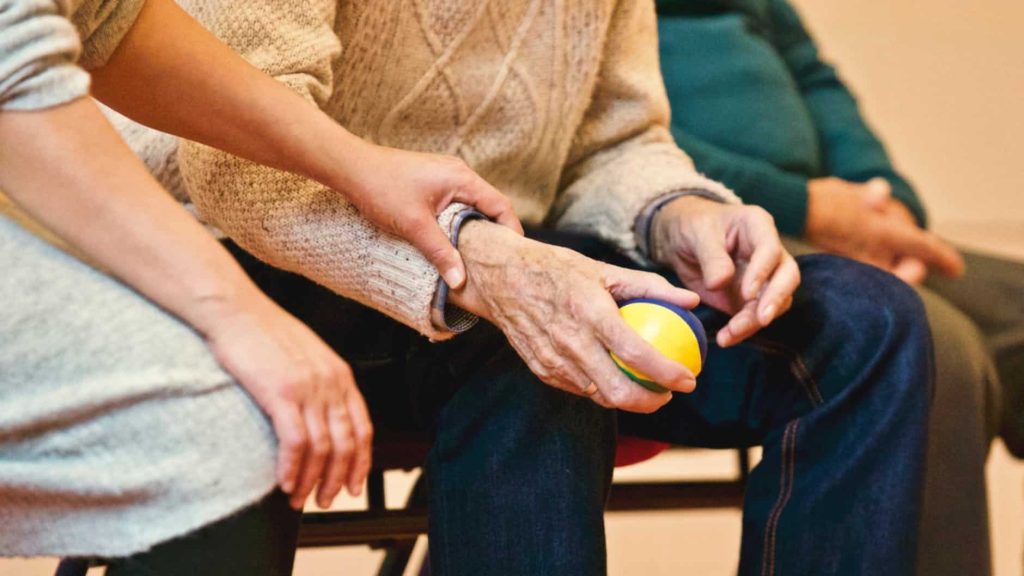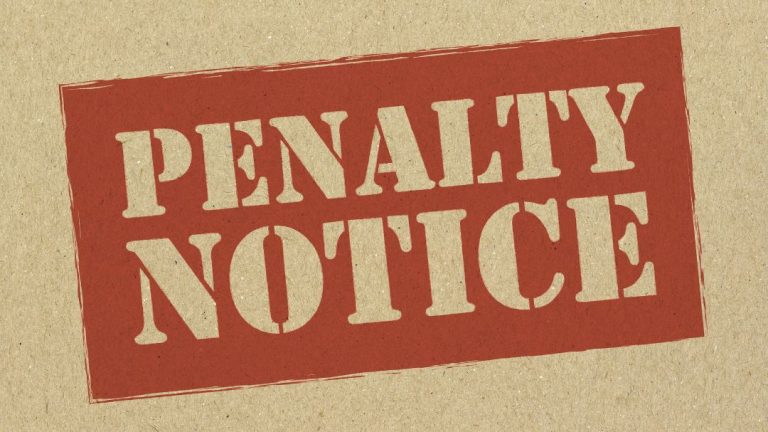Partial Cures: Assisted Living vs. Nursing Home

Disclaimer: Since Medicaid rules and insurance regulations are updated regularly, past blog posts may not present the most accurate or relevant data. Please contact our office for up-to-date information, strategies, and guidance.
Using a partial cure is a planning technique only viable in an increasingly limited number of states. Commonly referred to as a reverse half-a-loaf plan, the partial cure technique usually consists of the following steps, in a nutshell:
- Applicant gifts entire net worth
- Applicant applies for Medicaid
- Medicaid assigns penalty period in light of gift
- Giftees use gifted funds to pay applicant’s care costs during penalty period (the actual partial cure process)
- Midway through the plan the applicant asks Medicaid to recalculate the penalty period
- Medicaid reduces the penalty period based on the giftees’ return of funds via payment to the long-term care facility
- Applicant is eligible for Medicaid accordingly
Martha Weiss, a New York resident, used the above partial cure technique in 2011 while she resided in an assisted living facility. Ms. Weiss later transferred to a nursing home, applied for Medicaid benefits and was approved, but for a 6.84-month divestment penalty period for transferring approximately $80,000 to her daughter. Ms. Weiss appealed.
An argument was made that the penalty should be reduced, in that Ms. Weiss’ daughter returned half of the gift by payment of Ms. Weiss’ assisted living facility costs in accordance with the New York State Department of Health’s (“DOH”) Administrative Directive 96 ADM-8.
Unlike many states, the DOH directive actually clarifies that a period of ineligibility can be reduced when a portion of the transferred assets are returned to the applicant. The return can be made by cash or liquid assets, or payment for the applicant’s nursing facility services. However, you’ll notice the specificity in the latter allowable form of return – nursing facility services.
For that reason alone the New York Supreme Court, Appellate Division, dismissed the appeal on October 1, 2014. DOH determined that the payment to the assisted living facility did not constitute a return of assets, in that the directive clearly requires the payment to only be allowable for nursing home costs.



